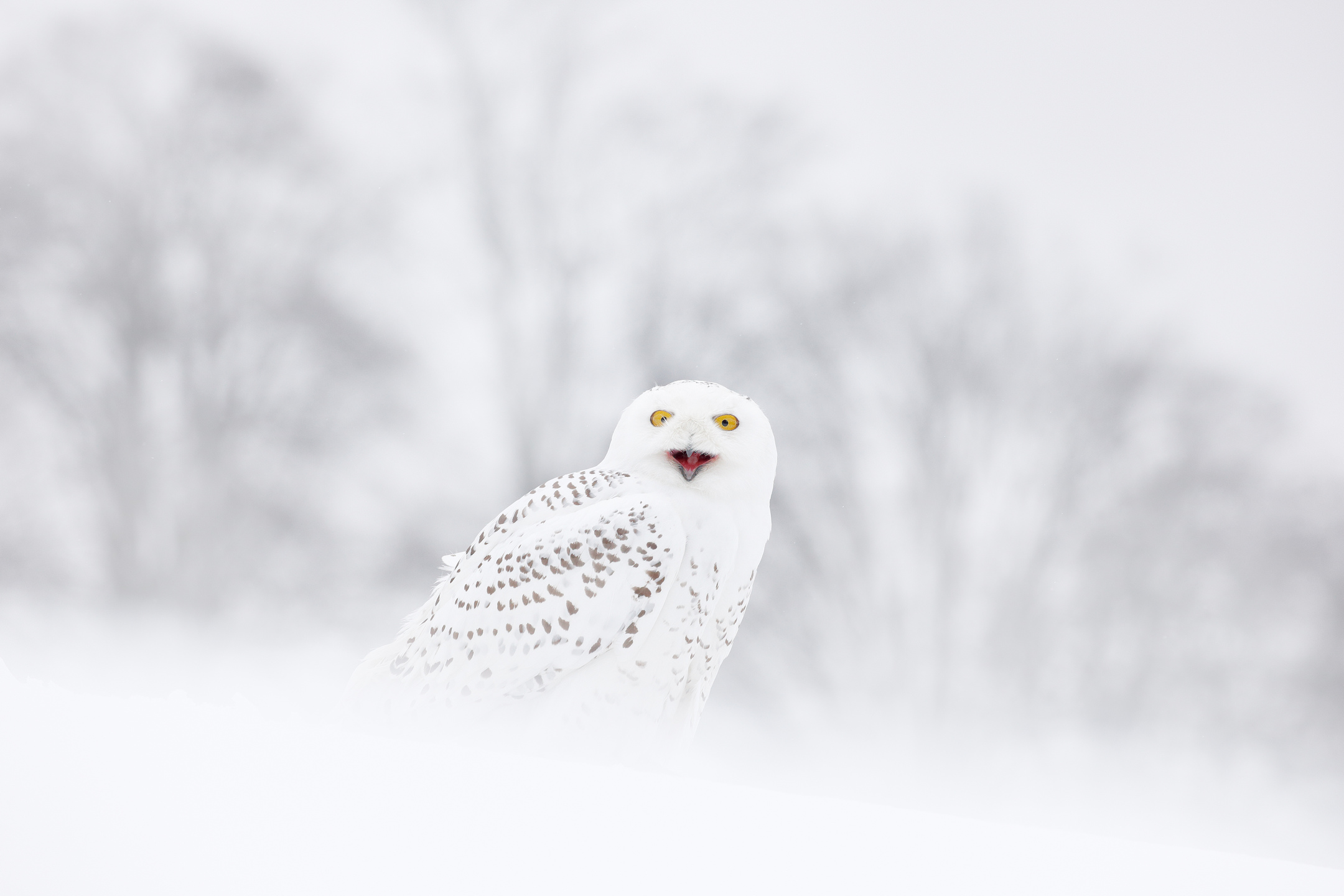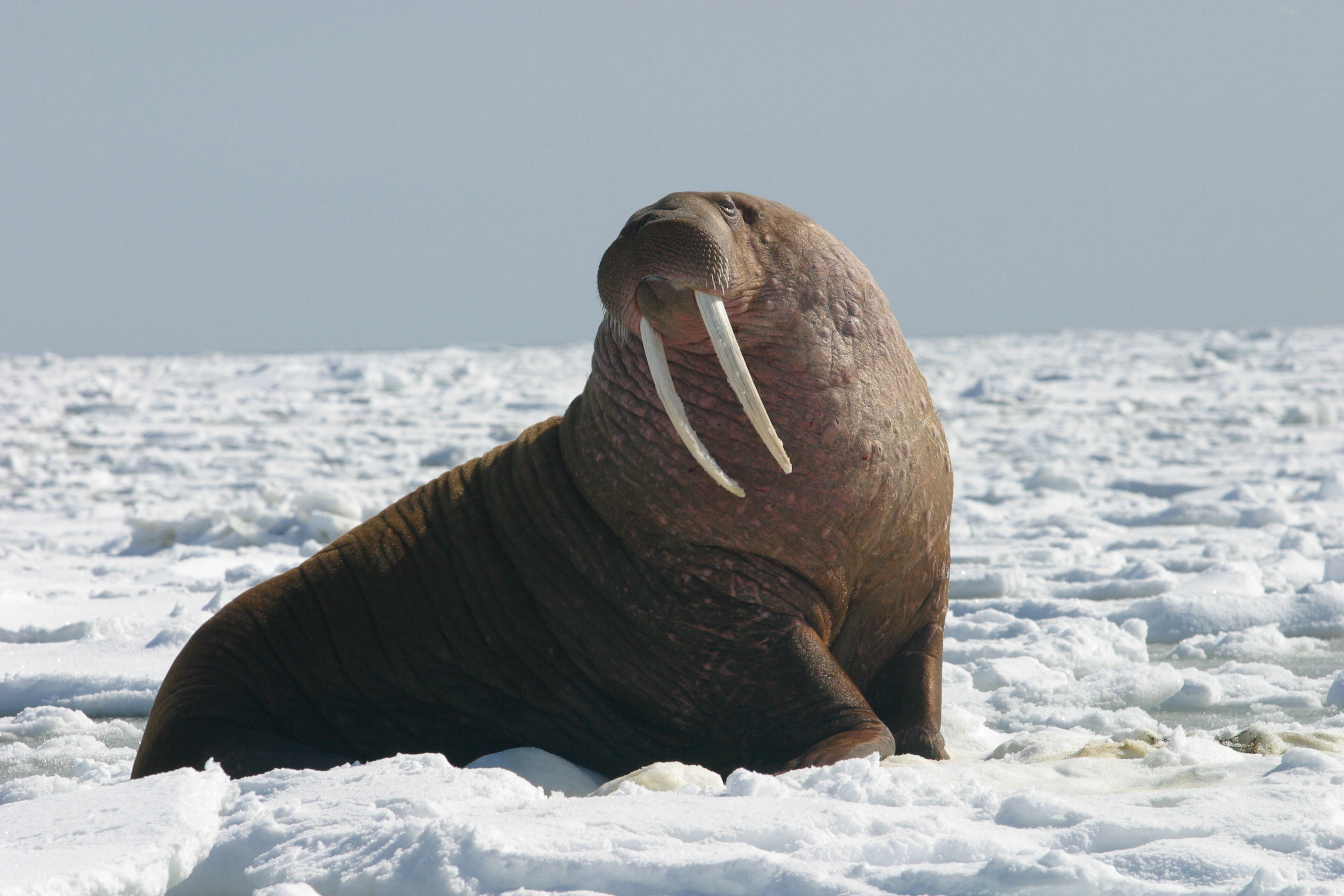Install MyStart Theme for Google Chrome
Some animals love winter and come out when their native land is covered with a blanket of snow.
Are you wondering what these winter animals are?
This blog post lists the top 10 animals that thrive and survive in the bitter cold and easily withstand below zero temperatures!
1. Polar Bears
Let’s get done with the most common one first – polar bears. These large fluffy animals are native to the Arctic regions of Russia, Canada, Alaska, Norway, and Greenland.
Polar bears are covered with two thick layers of fur that helps keep them warm in the cold weather. The bottom paws of the polar bears are also covered with fur that allows them to move easily on the ice.

2. Arctic Fox
The Arctic fox, also known as the white fox, is a cute, white, furry fox that is indigenous to the Arctic land. The small fox goes by quite a few common names, including the polar fox, white fox, or snow fox. The arctic fox is adaptable to living in cold, dreary environments. They use their white, thick furry coat to blend in with their surroundings and escape their predators.
This winter animal can withstand cold temperatures as low as -58 degrees F. It retains most of its heat in its paws. The white fox likes to prey on tiny creatures such as voles, fish, waterfowl, lemmings, seal pups, and small insects. It also likes to eat berries!

3. Arctic Hare
The Arctic hare is one of the most popular hare species in the world and is adjustable to the harshest weather conditions. This fluffy white creature thrives in the Arctic Tundra. It features a thick white coat that helps it preserve heat in its body and keep it warm all through the winter. This small creature also digs holes in the ground, where it hides and sleeps during bouts of extreme cold.

4. Arctic Wolf
Also known as the polar wolf or the white wolf, the Arctic wolf is also a popular winter animal. As the winter season approaches, the outer coat of the wolf gets thicker and acts as a robust barrier against chilly winds and harsh winter rains. Unfortunately, Arctic wolves are on the verge of extinction, with only about 200 of them left in the world.

5. Snowy Owl
The Snowy Owl is a winter bird known for its ability to bravely survive in the open areas during winter. In the colder months, you will find Snowy Owls smugly perched on treeless branches or bare, open lands. These majestic, white owls like to eat small species, mainly lemmings, rabbits, fish, spiders, snails, crabs, earthworms, and other birds.

6. Harp Seal
Harp seals are native to the northern parts of the Arctic Ocean and the Atlantic Ocean. They are also known as saddleback seals, Greenland seals, earless seals, or true seals. These seals generally live in the cold water bodies such as the Arctic oceans or the coasts of Antarctica.
Some true seals also build caves in the snow to thrive when the temperatures turn unlivable. Unlike most winter animals, harp seals are happy, friendly creatures as long as they get to live in cold waters. They become quite mean and aggressive on dry, normal land.

7. Snow Leopard
Snow leopards are a prominent member of the cat family. They are large, heavy, and sport thick, gray, and solid yellow spots on their body. In the cold winter season, these strong, powerful animals come down to the sub-alpine forests for hunting purposes.
Snow leopards typically prey on the ibex and bharal. Along with their thick fur coat, the extremely long tail of the snow leopard is dense with fur that provides oodles of warmth when it is wrapped around the body.

8. Gentoo Penguins
A large population of Gentoo Penguins is found in many sub-Antarctic regions, including South Georgia, the Antarctic Peninsula, and the Falkland Islands. Even though these species thrive in colder regions, they prefer to breed in snow-free or ice-free lands.

9. Otter
Like all winter animals, otters do not hibernate in the cold season. In fact, these semi-aquatic creatures are quite active in low temperatures. They enjoy swimming in cold river bodies and sliding across the ice. That’s how these small creatures move from one part of the region to another. Most of the otter’s winter diet consists of crayfish!

10. Pacific Walrus
Pacific Walruses are giant beasts that live in the Pacific Ocean and the Atlantic Ocean. They have a thick fat layer that enables them to survive freezing temperatures. These large mammals like to spend most of their time in the cold water – that’s where they lose most of their body heat than they do otherwise.

Winter animals are naturally equipped with physical characteristics that help them survive the bitter cold. For instance, these creatures typically boast thick layers of coats that help them stay cozy all winter long. Most of them have their paws, ears, and even tails covered with fur that prevents them from feeling cold. All in all, these winter animal species are one-of-a-kind and are a sight to behold!
Install MyStart Theme for Google Chrome










